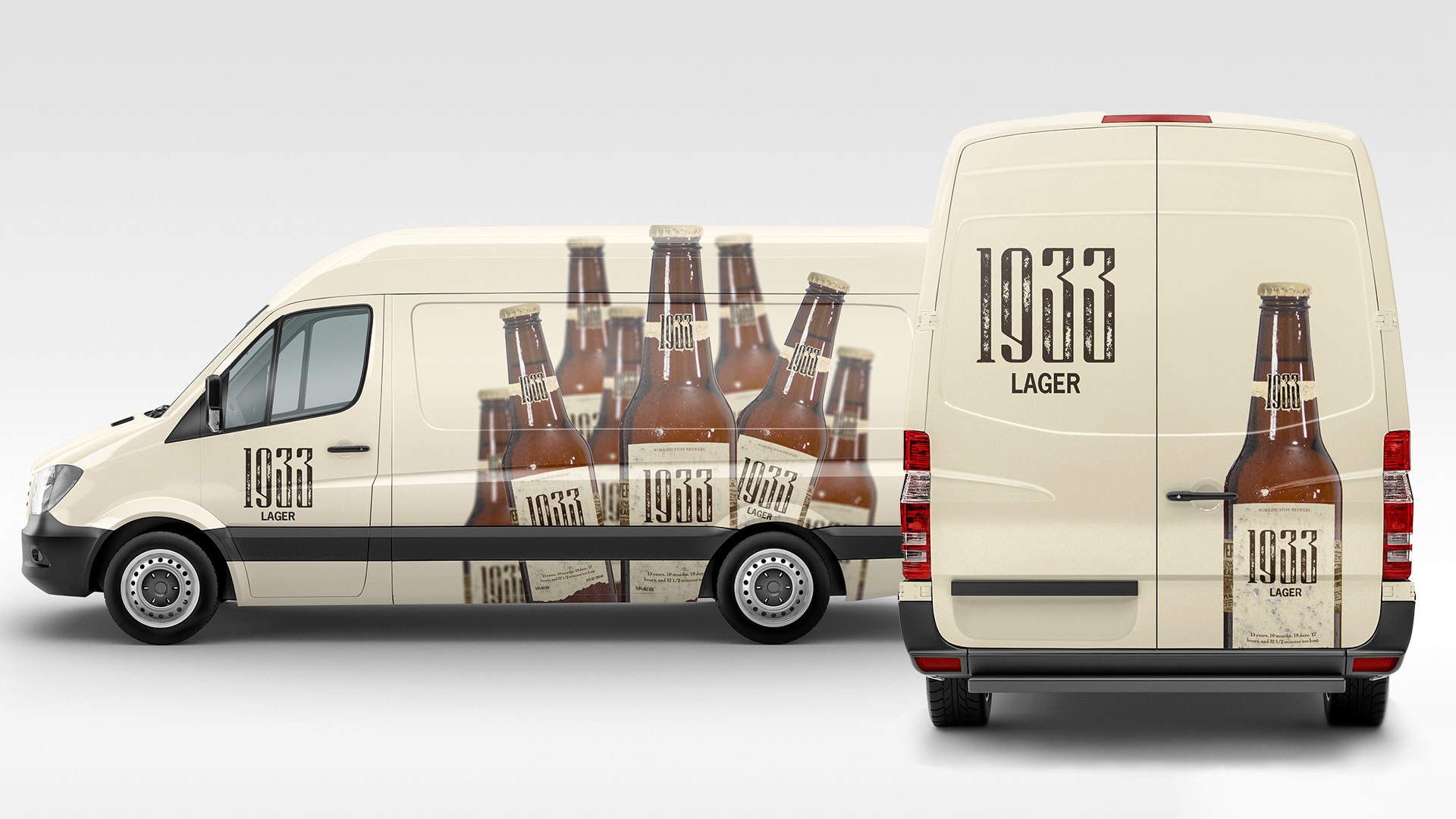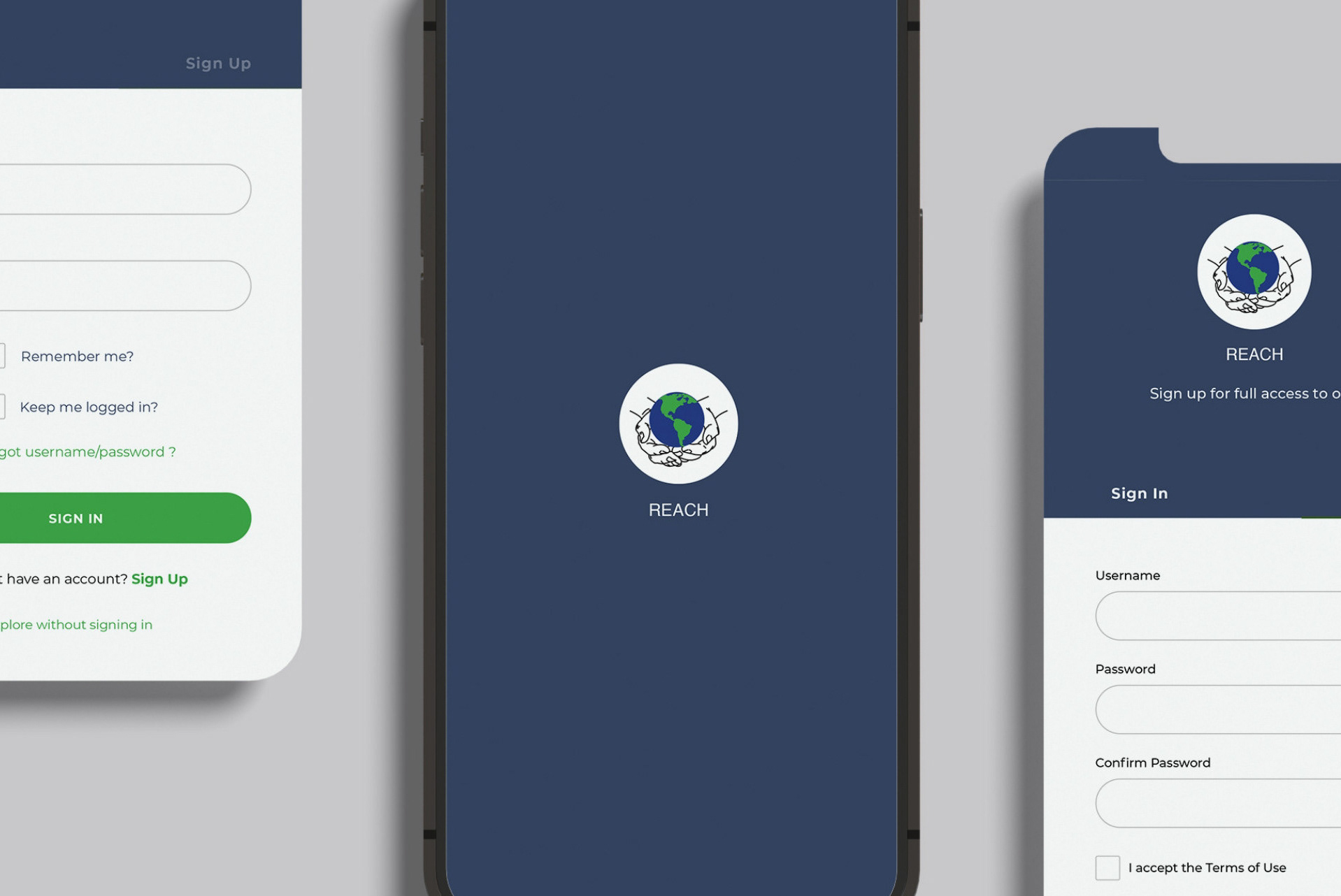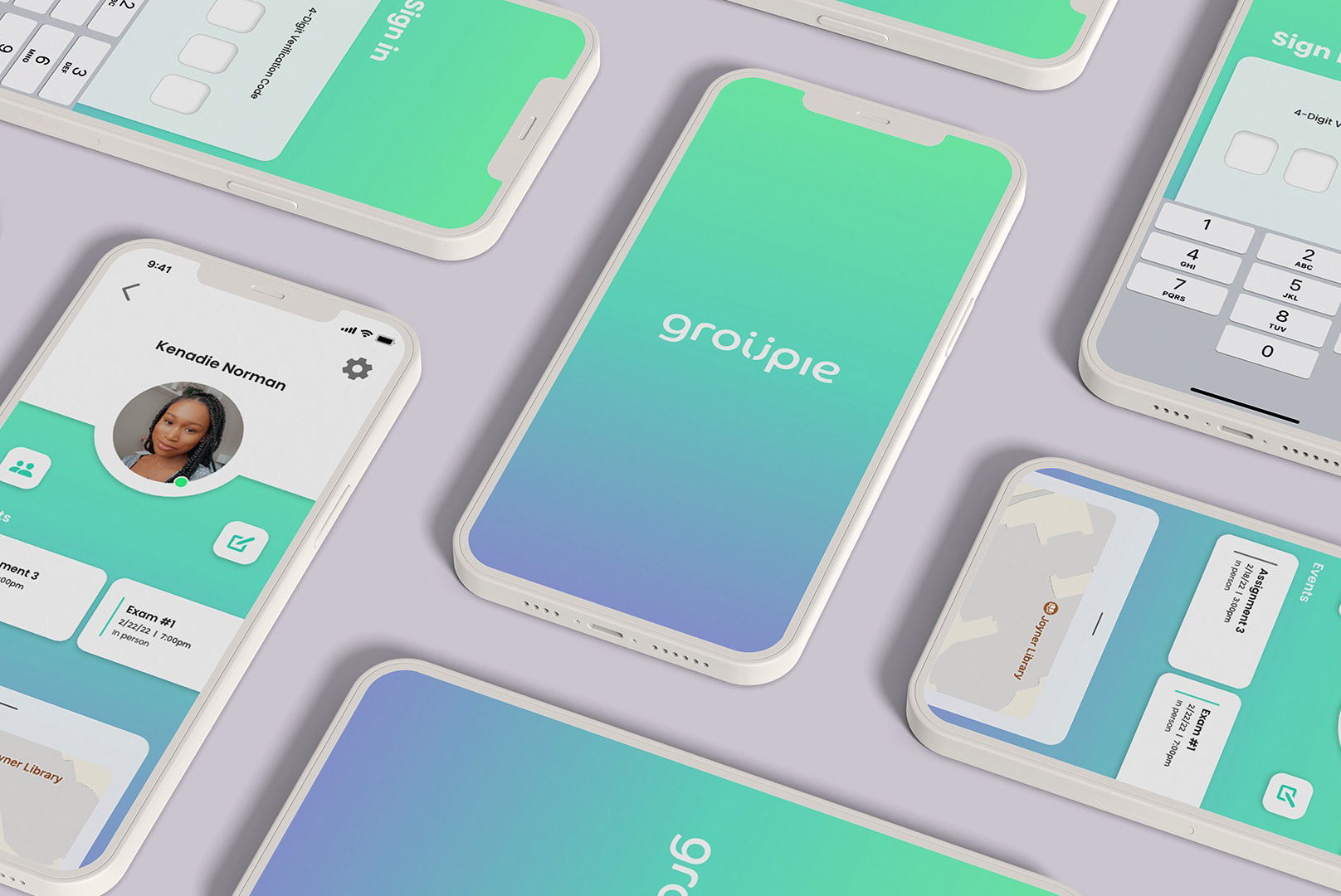













As a kid and through my young adult years, my brain immediately seeks out and latches onto shapes and letters and starts tracing them as if it is the key to some kind of discovery. I was aware of the counter forms letters made and the weight of serifs long before I knew the difference between a font and a typeface. I like to think that my love for typography and design is rooted in this frequent but automatic action.
With a desire to create work that can help people, my work serves a purpose to tell stories. My intention as an artist is to allow conversations to spark and allow for communication through visual elements. While this is my goal when creating fine art, I believe this statement drives my approach to graphic design. I have found myself viewing design as a necessity rather than supplemental aesthetics. I admire design as a tool to communicate with the public and I enjoy being the creative force capable of such problem solving.
I often attribute the most significant and well thought out aspects of my designs to the the time spent prior to refining. Research looks different to me depending on the nature of each project. My research may include collecting typefaces and reference imagery, researching competitors, looking at technical tutorials to refine my skills within my medium, and creating mood boards and sketches. I admire projects where historical and contextual relevance of a product or brand has been established and incorporated into the design. My process and my research often relies heavily on the target audience of the design. There is no need for design if there is no audience to design for. Although there is a lot of uncertainty in the reaction of the target audience, they are one of my top priorities when designing.
I have always been one to pick through everything I create with a fine tooth comb and therefore, have always been my own biggest critic. I find myself encompassed in the small details. Finding a typeface or graphic element that dates back to the era in which a company, product or organization is emulating is another level of thought that has gone into a design and this, to me, creates a more genuine and deliberate look and feel. The intentions are executed fully when all characteristics of a design, from color palette to artistic style of illustrations, are addressed and considered. As Creative Director at ECU’s Student Media, Pirate Media 1, I have gotten a taste for the real world and working in teams with multiple different opinions and intentions from designers to writers to editors. Every week, I grab the newspaper I helped design and I hoard copies of the magazines with my name on them as soon as they hit stands. I did not seek out graphic design to avoid the physicality of fine art. I adore the reality of a physical final product.
One of the main reasons I felt drawn to pursuing design, besides my dad being my biggest cheerleader to never give up on an artistic career, was the impact I personally see as a consumer and my fascination with the attention to detail on every box of cookies, every can of beer, every online shopping site, every billboard, every makeup logo, every graphic tee, every children’s book and every magazine. Once I started working in the field, I found so much satisfaction and pride in seeing my design in action. The accomplishment of design in physical forms such as packaging, advertising, and print design excites me and proves to me that I have in fact found my passion.\









